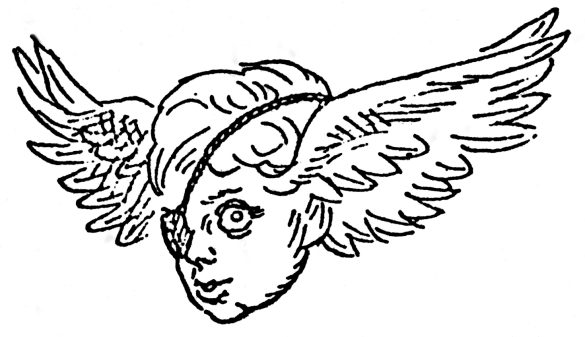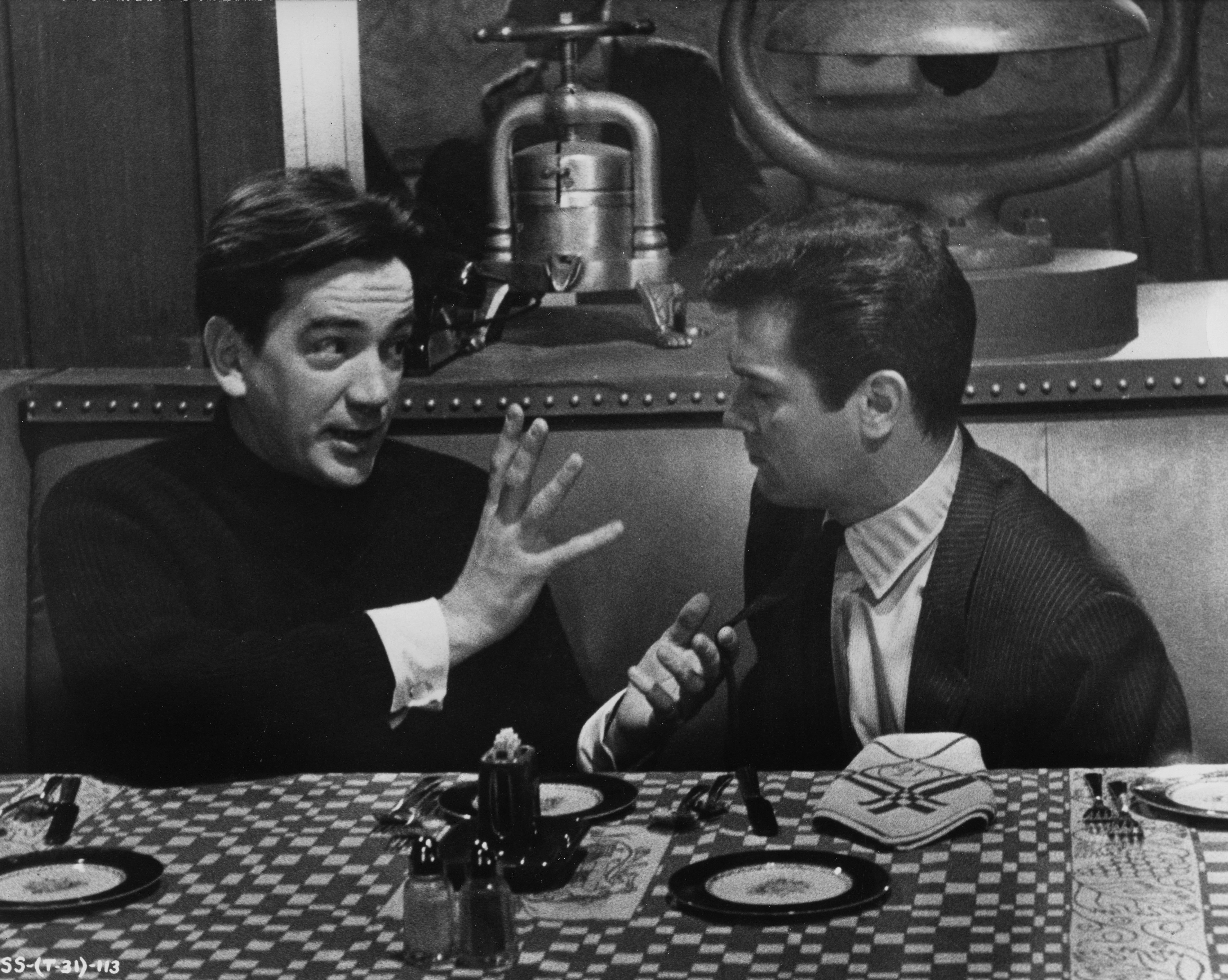On Film-Making: An Introduction to the Craft of the Director
The Invisible Imaginary Ubiquitous Winged Witness
When on set or location, a film director is apt to have an absent manner, as if his mind were in another place. In a way this is true, for he is not really there. In spirit he has removed himself into the future and is already sitting in the movie-house, watching the screen as if it were a window into an imaginary world. Already a member of the audience for his as yet unmade film, the director is feeling what the future spectators of his work might feel and reacting as they might react.
As someone who seeks to know what will ‘work’ for the audience, the director becomes his audience whilst making his film. He looks at the crowd of people surrounding him in the studio in a strange way, blind and dead to much that is going on. Why? Because his mind is fragmented. He is screening out everything not relevant to the as yet not-present world of the story being told. Concentrating only on what he can see, he is busy arranging in his head the short, narrow segments, those disorientated pieces of this soon-to-be assembled reality that will be seen and heard through that open window of the cinema screen. He is, in his mind’s eye and ear, involved in make-believe just as complex as that of the actors before him. He is living not only in the future but also, in another sense, in the past, when, during the writing stage, he was gradually constructing a fully focused concept of the film: its atmosphere, its visual qualities, its characters’ appearance and behavior, their emotions and interactions.
Though nothing is fixed and finalized in his mind, standing on location as the individual personification of his future audience, he is able to run the film though in his mind’s eyes and ears. As he looks through the viewfinder and puts the jigsaw together, he is using his memory as a guide to the hundreds of decisions he has to make. His dream film is progressively becoming more concrete and specific: the actors have been chosen, the sets have been designed and constructed, the locations found, the dialogue revised and polished. Even though when shooting starts the director will be working just as much from his memorized fantasy as from anything that might appear in the typed-up shooting script, every single decision related to camera position, image size and editing pattern is determined by the question “What do I need to see now?” – with the ‘I’ being that group who exist in a now that is really the future: the potential audience.

I have tried to illustrate these ideas by creating a character who represents the director at this stage: the Invisible Imaginary Ubiquitous Winged Witness, a creature designed to personify the mind’s eye and ear of the director leaping about in time and space of an imaginary world constructed in front of the camera lens. This movement, this shifting point of view, is what the director needs when planning camera set-ups and staging performances.
The camera may be a mechanical instrument that records images, either static or in motion. But the Witness is an utterly different kind of creature with a magical and mythic presence that has very human qualities and characteristics. Far from being passive, it is an active participant in the imaginary events being portrayed. It is the embodiment of the audience’s curiosity, a creature whose attitude to persons and events is colored by feeling: sympathetic on occasion, alienated at other times. It can watch as an imaginary observer or it can feel as a participant. It has, in other words, a point of view, seeing at all times from one precise point in space, but able to shift that viewpoint in an instant. To answer a complex question very simply: where does the director place the camera? Answer: at the precise spot from where at any given instant the Witness can see all that needs to be seen and only what needs to be seen. Whether it is a longshot, a medium shot or a close-up, the Witness is able to observe it all. This is no simple matter since, as every film cameraman and director will tell you, the real world in which the filming is done may be intractable in providing, within the limits of the viewfinder, all that the Witness desires to see.
Every cut in action is always something of a disorientating shock for the audience. This is sometimes forgotten by the filmmaker who thinks that all cuts in action must be smooth. The way to make a cut seem smooth is to make the jump of the mind’s eye one that the audience wants to make. Simply, the cut to an image is accepted when it supplies to the viewer the satisfaction of some curiosity stimulated by the previous image, or when the shock of the cut is a surprise presentation of something that is interesting and stimulating, even if unexpected. To answer a second complex question simply: when should the director make a cut in the action? Answer: when the Witness wants to see something it cannot yet see. As such, the motivation for every cut should always be built into the preceding angle. There should automatically be within every shot something that creates in the audience a desire to move at the right moment, along with the Witness, to the next angle. This is what the film editor looks for: a motive for a move within space and time.
In this respect, the Witness is a strange disembodied and mythic creature. It has magical faculties, living in an entirely fictitious and imaginary world, oblivious to real space and time. It is a being able to leap about with total freedom, taking up impossible positions in space, as for instance when it hovers outside a top floor window of a skyscraper looking into to see the action. The Witness is able to look not only through solid walls, it can even take up a position inside a brick wall. It can fly in close to enough to study the facial expressions (those secret and private reactions) of a character who is sitting alone. Or it might fly out to allow the audience an appreciation of the geography of a crowded room. From this it will be clear where the characters lie in respect of each other and where the objects that surround them are standing.
The Witness can make leaps in time too. Intensely inquisitive as well as being somewhat impatient, and because it is in touch with the desire of the audience, it tends to anticipate. Seeing what may happen next, it jumps to the next interesting action, thus telescoping time. Seeing an intention, it might even leap to the conclusion, while on other occasions will explore the realm of memory by retracing time into the past.
© Mackendrick Family Trust
